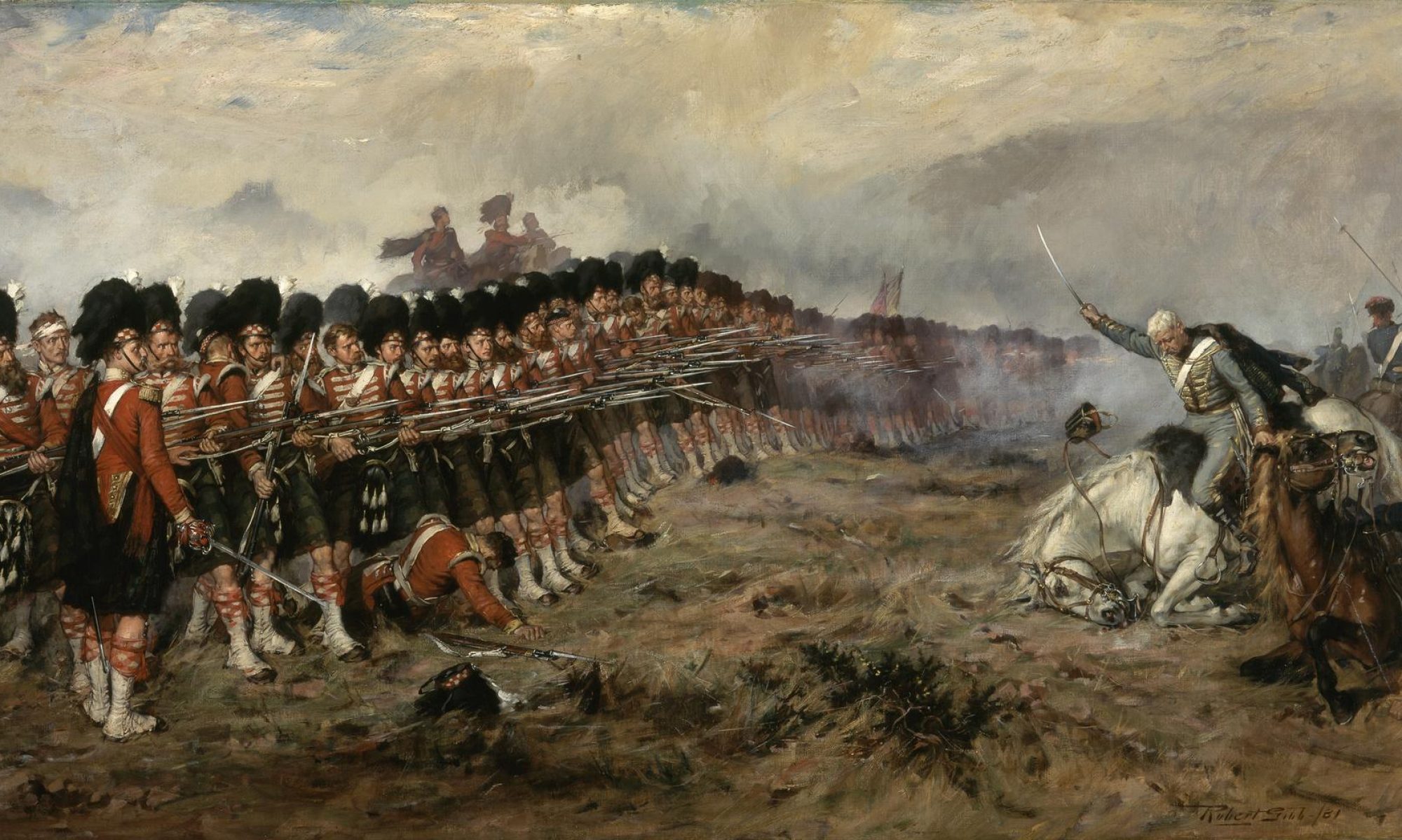
- Author: David Smith
- Illustrator: Steve Noon
- Short code: CAM 338
- Publication Date: 25 Jul 2019
In October 1854 when the Russians had drubbed the Light Brigade at Balaclava, Sir Richard Airey was heard to shrug off the disaster by saying, ‘This is nothing to what we had at Chillianwala.’
His words would have been equally apt had he referenced any of the Battles of the 1st Sikh War, such as Ferozeshah. Few knew much about this obscurely named place in a far away country, where a decade before Balaclava a poorly understood enemy had almost destroyed a British army. Fewer in the UK know about it today.
Although a proud moment in Punjabi history the Sikh Wars hold no resonance to the British. It is just another embarrassing colonial conflict to be quietly avoided. It was embarrassing at the time as well because of the offhand way in which it was prosecuted.
The first was a curious War, as many authors, including the present one; David Smith have commented, because the war aims in the first conflict of both the British and the Sikh’s were ultimately the same; the destruction of the Sikh army.
Multiple campaign books covering each battle of the 1st Sikh War could have been done, but this general survey is nonetheless precise and detailed. It’s prominent citation of Amarpal Singh Sidhu’s work is enough in itself for me offer it as a recommendation.
It quickly emerges that the war was fixed from the start, though no one knows exactly how. The author is quite sure that the inexplicable performance of senior and talented Sikh officers can only be explained by self interest and treachery.
Even so, with overconfident fire-eaters commanding the British Army of the Sutlej, the tide could easily have been turned as British battalions were decimated in hasty & unscientific frontal assaults.
The Sikh army is described accurately as an efficient and effective military force with every modern advantage. But it had become unwieldy & it had lost the commander it had been created for. The British are not super humans in this book, they are only slightly worse led, marginally more dogged and in the end victorious due to a long tested regimental system & loyal officers.
The book falls down only in the sense that it crams so much into less than 100 pages. As such there is little by way of explanation or discussion and some elements of the fighting are just ignored. When dealing with Aliwal for instance the author fails to explain how the 16th lancers broke the Sikh ‘square,’ and leaves out that the Gurkha battalion present almost lost it’s colours during the battle.
Luck & treachery would coincide to hand the British government in India & certain factions in Lahore their long hoped for wish. The Sikh army of Ranjit Singh was broken, though not in any true sense destroyed. The crippled remnant would rally again but the blow had served it’s purpose. A second war followed, as difficult as the first and referenced by Airey, but by the time the Light Brigade rode into the valley of death, the Sikh Empire had disappeared.
The book covers the ferocious fighting at Mudki, Ferozeshah, Smith’s masterly victory at Aliwal and Sobraon. As usual there are helpful maps & an interesting selection of images in the title.
Steve Noon’s colour plates are masterful examples of illustration, packed with colour and detail, imagining scenes with realistic yet cinematic grandeur. It is always a joy to look at them and pick out the details and stories they hold.
This title is a detailed overview of the war that will prove very useful for enthusiast and student alike.
Josh.


You must be logged in to post a comment.